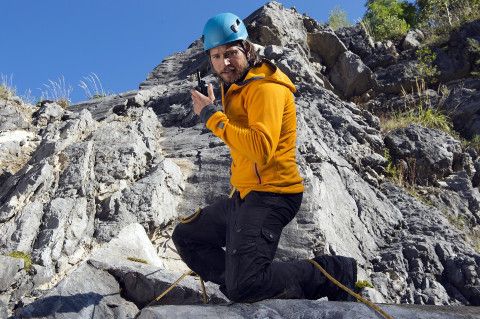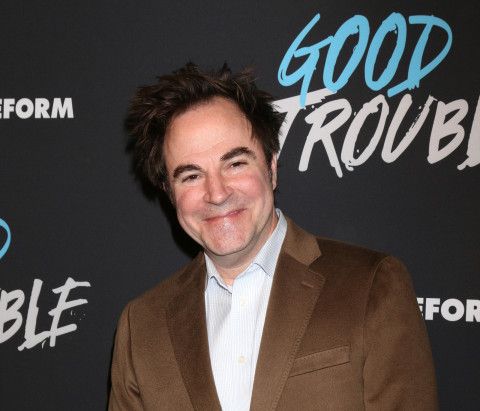Why Cities Flood: Spain's Deadly Disaster.
24.06.2025 • 22:00 - 23:00 Uhr
Info, Zeitgeschichte
Originaltitel
Why Cities Flood: Spain's Deadly Disaster
Produktionsland
GB
Produktionsdatum
2025
Info, Zeitgeschichte
Why Cities Flood: Spain's Deadly Disaster.
On 29 October 2024, a powerful storm hit the area around Valencia in Spain. Torrential rain fell on the hills to the west of the city, causing devastating flash floods. Across the province, 228 people died. It was Europe's deadliest, single storm flood since 1967. This film tells the story of what happened that day, through dramatic mobile phone footage taken as floodwater poured through streets, inundated houses and turned parked cars into lethal, floating projectiles. We hear first-hand accounts from survivors who had close escapes and discover from leading scientists how climate change and the places we are choosing to build could be putting many more people at risk of floods in the future. Among the eyewitnesses, we meet Rosalía Arenas, a resident of Utiel, who took refuge on the upper floor of her house with her mother and two-year-old daughter as floodwater filled the ground floor to within inches of the ceiling. They were eventually rescued by boat from an upstairs window. Andries Klarenberg, a resident of Paiporta, the town worst hit by the flood, with 46 fatalities, tells us how he witnessed people driving their cars up from underground garages to try to save them from the flood just before the local river, the Rambla del Poyo, broke its banks. Andries says that the pavements, the roads - everything - were flooded in three feet of water, pushing cars down the streets and into buildings, the headlights of the cars reflecting off rivers of water where the streets had once been. Karen-Marie Loftus recounts her terrifying experience on a Spanish motorway when floodwater filled the carriageway, bringing traffic to a standstill. She says that after about five minutes, the water started to come into the bottom of the car. It continued to rise to the point that her car engine cut out. Karen-Marie further recalls that when the car she was in started floating, she and her husband had to climb through a window to escape. She emerged into a muddy, freezing cold, torrent of water. Daniel Burguet and four young children were trapped inside the English language school he runs in Paiporta. With no second floor to climb to, Daniel waded through floodwater and broke the door of a nearby block of flats to get the children to safety. The storm was extraordinary. One location recorded 771mm (2 feet and 6 inches) of rain in just 14 hours. The rainfall was so extreme that it broke the record in Spain for the most rain in an hour and the most rain in 12 hours. However, the authorities' failure to protect people and their slow response to the disaster caused widespread anger. When Spain's King and Queen visited the area, along with the prime minister, Pedro Sánchez, they were heckled and pelted with mud. Shortly after, a crowd of 130,000 people demanded the resignation of Valencia's leader, Carlos Mazón. At the heart of the grievances is a mobile phone alert that was sent out across Valencia at 8.11pm, about two hours after the flood had begun and when many people were already dead. We investigate why the alert was so late. Defending the regional government's response, Carlos Mazón said the disaster was more devastating than any Spain had seen in recent history, that they lacked the information they needed and that the text alert system had never been used in the region before. The film also looks at a new flood warning system developed in the United States that might have provided an earlier warning. Called Flash, the system uses weather radar to work out how much rain is falling from a storm. It then runs this information through a computer to work out where that rain will flow once it reaches the ground and where it could cause a flood. It covers the whole of the USA, and Jonathan Gourley, who led the team that developed it, claims it can predict a flood in less than 17 minutes. As the global human population grows, more people are living in areas liable to flood. This is also an issue for the United Kingdom, with an estimated 1 in 13 new homes built in a flood zone. According to Hannah Cloke, professor of hydrology at the University of Reading, there is a lot of pressure to build new houses all the time and that, of course, makes it very difficult to protect floodplains, where people shouldn't be living because they can be dangerous. The effects of global warming could make the problem worse. Professor Liz Bentley, chief executive of the Royal Meteorological Society says that it is known that a warmer atmosphere can hold more moisture. So for every one degree of global average temperature increase, the atmosphere can hold about seven per cent more moisture. More moisture in the atmosphere means that, when it rains, the rainfall is heavier than it used to be.






















